We've all experienced those moments—a flash of anger during a disagreement, the impulse to reach for comfort food when stressed, or the urge to procrastinate on important tasks. In these moments, our ability to regulate emotions and impulses determines whether we act in alignment with our deeper values or surrender to momentary desires.
Self-control—or temperance, as ancient philosophers called it—isn't about rigid self-denial. Rather, it's about developing the awareness and skills to navigate our internal landscape with wisdom. And at the heart of this journey lies a powerful metaphor: self-reflection as a mirror.

The Mirror Metaphor:
Seeing Ourselves Clearly
When we stand before a physical mirror, we see ourselves as we are in the present moment—unfiltered and honest. Self-reflection works in much the same way, offering us a clear view of our emotional patterns, triggers, and responses. But unlike a physical mirror that shows only surface appearances, the mirror of self-reflection reveals our inner landscape: our thoughts, feelings, habits, and the deeper currents that drive our behavior.
Let's see how this metaphorical mirror guides us toward self-control and helps build our "temperance toolbox."
The Revealing Light: How the Mirror Metaphor Illuminates Self-Control
True Reflection vs. Distortion
A quality mirror reflects with accuracy—it doesn't distort or hide. Similarly, honest self-reflection means seeing ourselves without the distortions of self-justification or denial. When we're about to act impulsively, pausing to look in this metaphorical mirror means asking: "What am I really feeling right now? What need am I trying to fulfill?"

The Full-Length View:
Seeing Patterns Over Time
Unlike a pocket mirror that shows only fragments, a full-length mirror reveals the complete picture. Self-reflection allows us to step back and observe patterns in our behavior over time, connecting isolated incidents into meaningful patterns.
Reflection Before Action:
The Pause That Empowers
A mirror creates a natural pause—a moment between perception and response. In self-control, this pause is golden. The practice of self-reflection teaches us to insert a crucial space between stimulus and response, where our power to choose wisely resides.

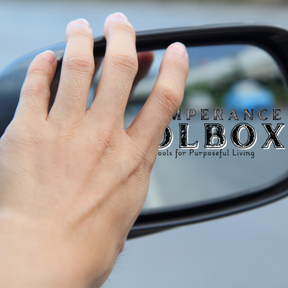
Adjusting Based on Feedback:
The Interactive Mirror
We use mirrors to adjust—straightening clothing, fixing hair, ensuring everything is in place. The self-reflection mirror similarly helps us make continual adjustments to our emotional responses, calibrating them to be more proportionate and effective.
Building Your Temperance Toolbox Through Reflection
Morning Reflection Ritual:
Begin each day with a few minutes of reflective questioning: "How am I feeling today? What challenges to my self-control might I face? How do I want to respond?"
This proactive reflection primes your awareness.
Trigger Mapping:
Use self-reflection to identify specific situations, people, or emotions that typically challenge your self-control. Once mapped, you can develop targeted strategies for these predictable challenges.
The TEMP Method: This comprehensive framework guides you through emotional regulation with spiritual awareness:
Take a Pause:
Create sacred space between trigger and response using a traffic light system:

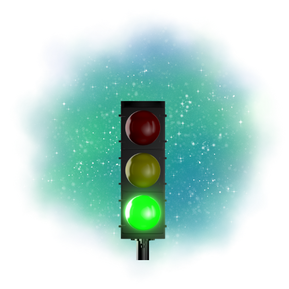
GREEN (CALM):
Daily maintenance through ceasing activity, acknowledging God, listening to breath, and practicing mindfulness
YELLOW (REST):
For rising tension, retreat briefly, engage with breath, seek God's presence, and take inventory
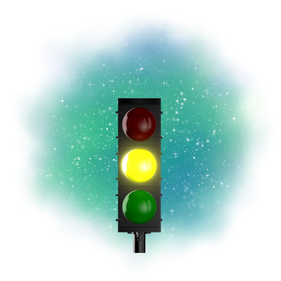
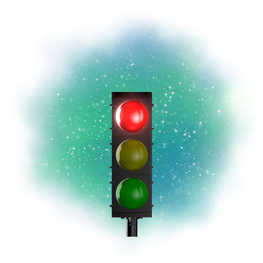
RED (STOP):
Emergency response by stepping back physically, taking a breath, opening to God, and focusing on the present moment
Examine the Emotion:
Use the ECHO framework to understand your emotional experience:
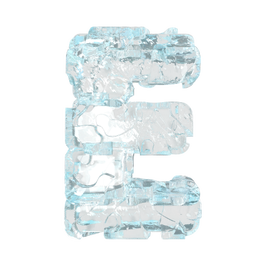
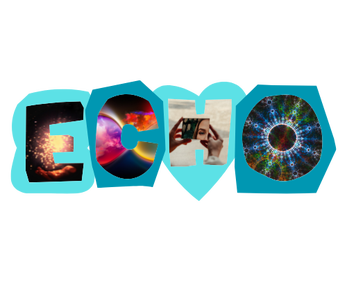
Express:
Name and acknowledge the emotion
Connect:
Link it to current situations
Hunt for roots:
Identify underlying patterns
Open to wisdom:
Seek God's perspective
Make a Plan:
Develop wise responses through the WISE framework:
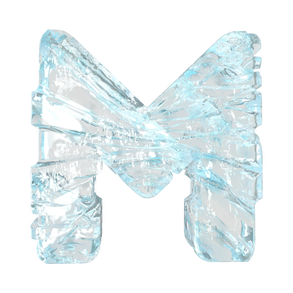
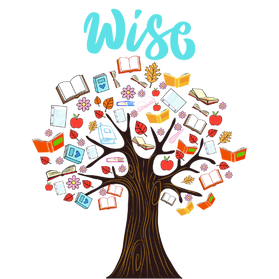
Weigh options thoughtfully
Include biblical values
Structure clear steps
Engage support system
Practice the Skills:
Build lasting change through GROW:

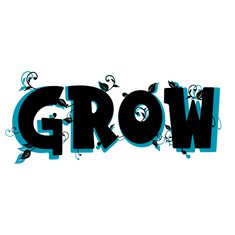
Gather useful tools
Regular practice rhythms
Observe your progress
Wise adjustments
Evening Mirror Review: End each day by "looking in the mirror"—reviewing situations where you exercised good self-control and moments where you struggled. Without judgment, note patterns and consider adjustments for tomorrow.
From Reflection to Lasting Change
The power of the mirror metaphor lies in its simplicity and immediacy. Unlike complex psychological theories, the idea of looking in a mirror to see ourselves clearly is instantly accessible. We understand that mirrors don't judge—they merely reflect—encouraging us to approach self-reflection with the same nonjudgmental awareness.
As Scripture reminds us, "He who is slow to anger is better than the mighty, and he who rules his spirit than he who takes a city" (Proverbs 16:32). This ancient wisdom underscores the importance of self-regulation through thoughtful reflection. Similarly, the counsel to be "swift to hear, slow to speak, slow to wrath" (James 1:19) beautifully captures the essence of the reflective pause at the heart of the TEMP method.
By regularly engaging with our metaphorical mirror, we develop the core skills of temperance: self-awareness, emotional regulation, impulse control, and conscious choice. Over time, this practice transforms from an occasional exercise to a constant awareness—a portable mirror we carry throughout our day.
The journey toward greater self-control isn't about achieving perfection. Even the clearest mirror will show flaws and imperfections—that's part of being human. But with each reflective pause, each moment of awareness, we strengthen our capacity to act from our deeper values rather than our momentary impulses.
In the words of Socrates,
"The unexamined life is not worth living."
Through the mirror of self-reflection, we not only examine our lives but transform them, one mindful choice at a time.
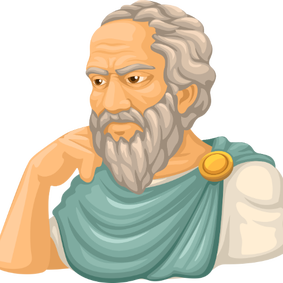
Take the next step! Download the worksheet to apply what you've learned.



Add comment
Comments